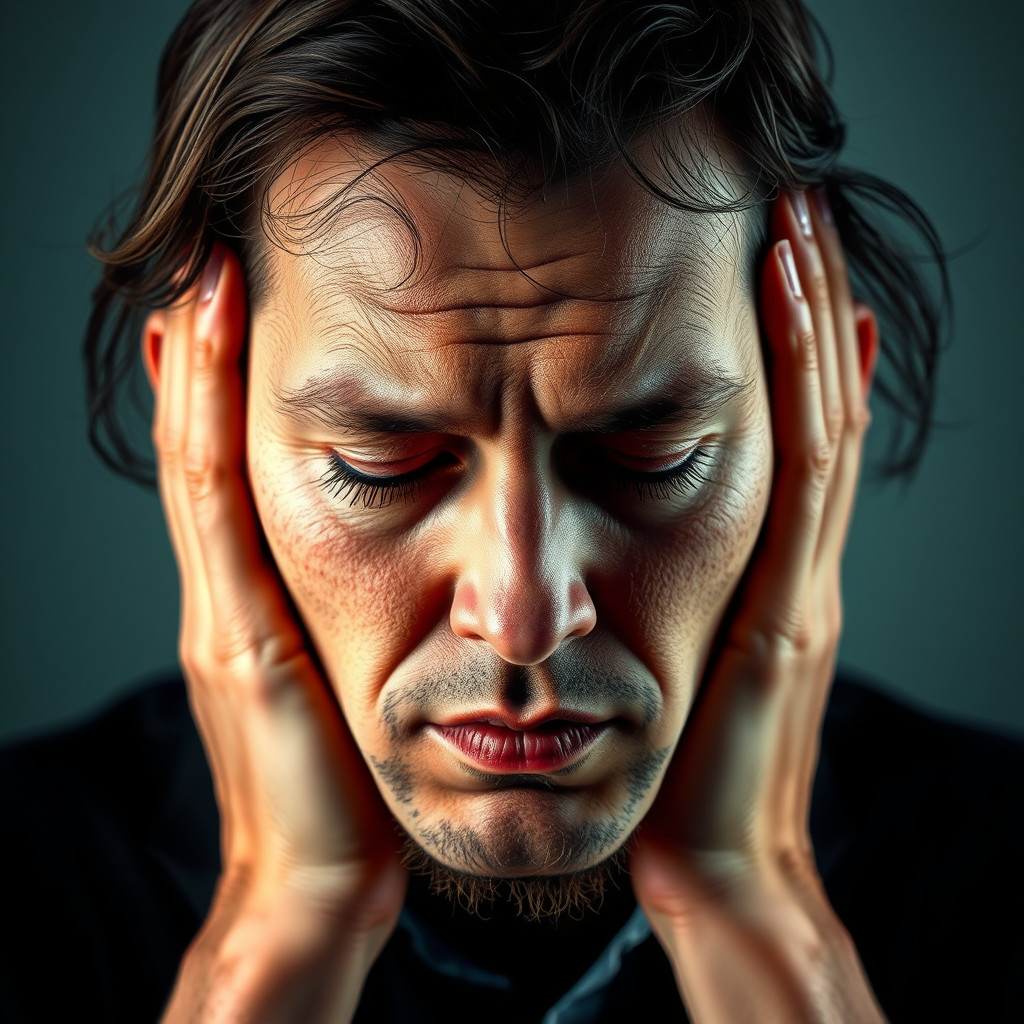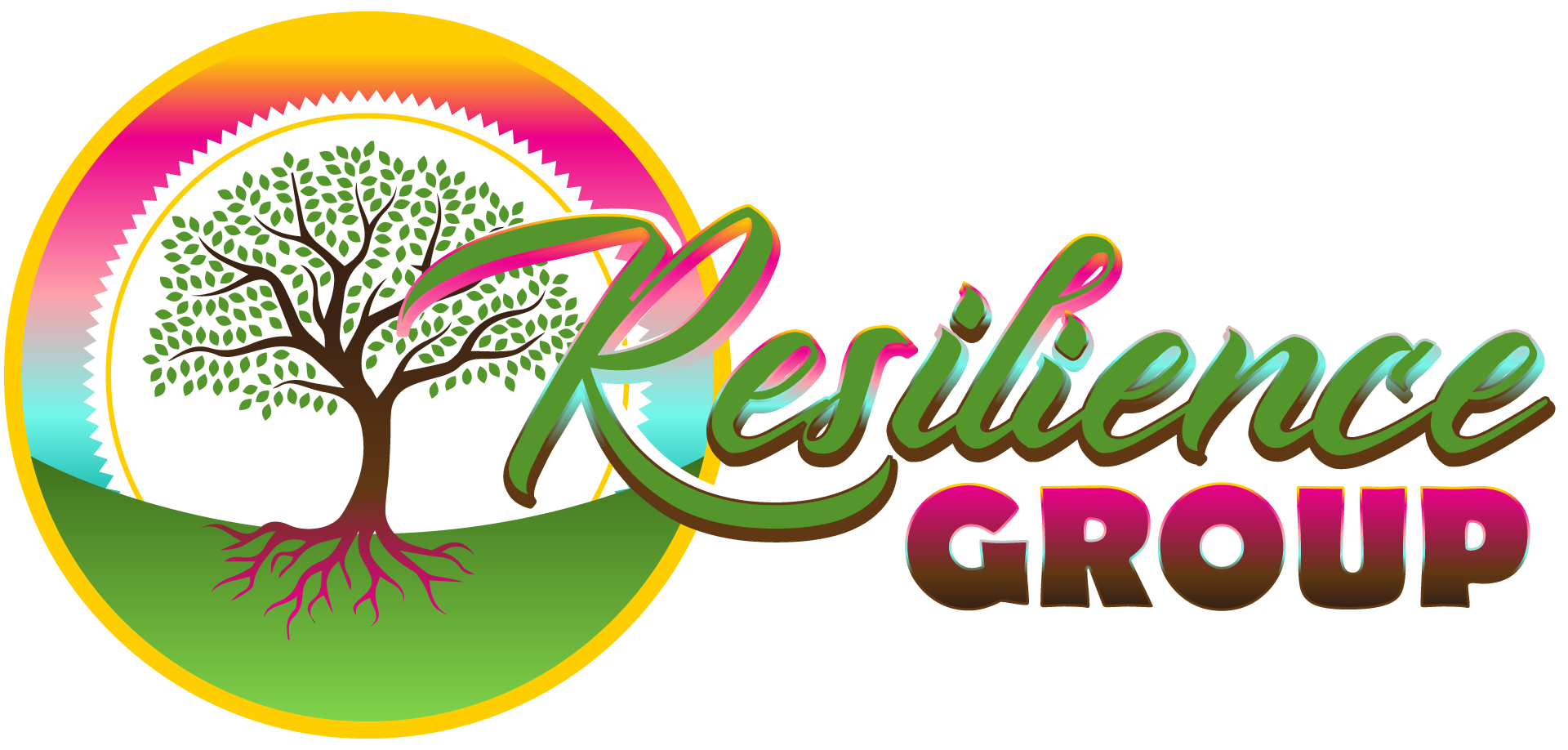Bipolar Disorder
Bipolar Disorder is a chronic mental health condition characterized by significant mood disturbances that include episodes of mania or hypomania (elevated or irritable mood and increased energy) and depression (low mood and energy). These mood episodes significantly impact an individual’s ability to function and often require medical and psychological intervention.
Clinical Subtypes (Based on DSM-5):
- Bipolar I Disorder: Defined by at least one manic episode lasting at least one week (or requiring hospitalization) that may or may not be preceded or followed by depressive episodes.
- Bipolar II Disorder: Characterized by at least one hypomanic episode (a less severe form of mania lasting at least four days) and at least one major depressive episode.
- Cyclothymic Disorder: Chronic, fluctuating mood disturbances involving periods of hypomanic and depressive symptoms that do not meet the full criteria for a manic, hypomanic, or major depressive episode, lasting at least two years in adults (one year in children/adolescents).
- Other Specified or Unspecified Bipolar and Related Disorders: Diagnoses used when symptoms cause significant impairment but do not meet full criteria for the above categories.
Key Features of Mood Episodes:
Manic Episode:
- Elevated/Irritable Mood: Persistent and abnormally elevated, expansive, or irritable mood lasting at least one week.
- Increased Energy: Marked by excessive goal-directed activity or physical restlessness.
- Symptoms (3 or more required, 4 if mood is irritable):
- Inflated self-esteem or grandiosity.
- Decreased need for sleep (e.g., feeling rested after only a few hours).
- More talkative than usual or feeling pressured to keep talking.
- Flight of ideas or racing thoughts.
- Distractibility.
- Risky behavior (e.g., spending sprees, sexual indiscretions).
- Increased goal-directed activities (social, work, or projects).
Hypomanic Episode:
- Similar to a manic episode but less severe and without significant impairment in social or occupational functioning. Symptoms last at least four consecutive days.
Major Depressive Episode:
- Persistent low mood or loss of interest/pleasure in most activities for at least two weeks.
- Symptoms (5 or more required, including either depressed mood or loss of interest):
- Feelings of worthlessness or excessive guilt.
- Fatigue or loss of energy.
- Difficulty concentrating or indecisiveness.
- Sleep disturbances (insomnia or hypersomnia).
- Appetite changes (weight gain/loss).
- Psychomotor agitation or retardation.
- Suicidal ideation or recurrent thoughts of death.
Causes and Risk Factors:
- Biological: Genetic predisposition, neurochemical imbalances (e.g., dopamine, serotonin), and brain structure differences.
- Psychological: Stressful life events or trauma.
- Environmental: Disruptions in circadian rhythms or substance use.

Treatment Approaches:
-
Medications:
- Mood Stabilizers: Lithium is the gold standard.
- Anticonvulsants: Valproate, lamotrigine, or carbamazepine.
- Atypical Antipsychotics: Quetiapine or aripiprazole, often used for acute mania or adjunct therapy.
- Antidepressants: Used cautiously and often in combination with mood stabilizers to prevent manic switching.
-
Psychotherapy:
- Cognitive-Behavioral Therapy (CBT): Helps manage depressive symptoms and improve coping skills.
- Interpersonal and Social Rhythm Therapy (IPSRT): Focuses on stabilizing daily routines and circadian rhythms.
- Family-Focused Therapy (FFT): Enhances family communication and support.
-
Lifestyle Management:
- Regular sleep schedules, stress reduction, and substance avoidance.
-
Emergency Interventions:
- Hospitalization may be required for severe manic or depressive episodes, especially with psychosis or suicidal risk.
Clinical Significance:
Bipolar disorder is a lifelong condition with periods of remission and relapse. Early diagnosis and comprehensive treatment are essential to improve long-term outcomes and quality of life.
Contact
(435) 313-8533
Location:
Resilience Group
Saint George, UT 84770
In-person and telemedicine available
